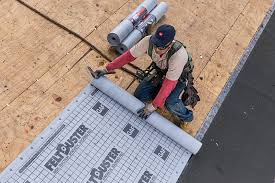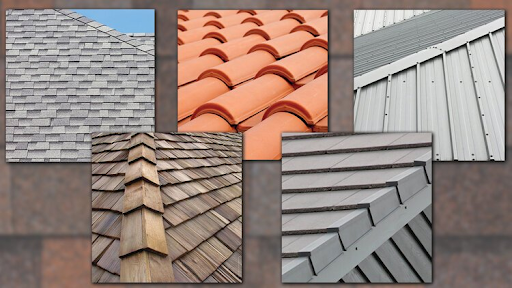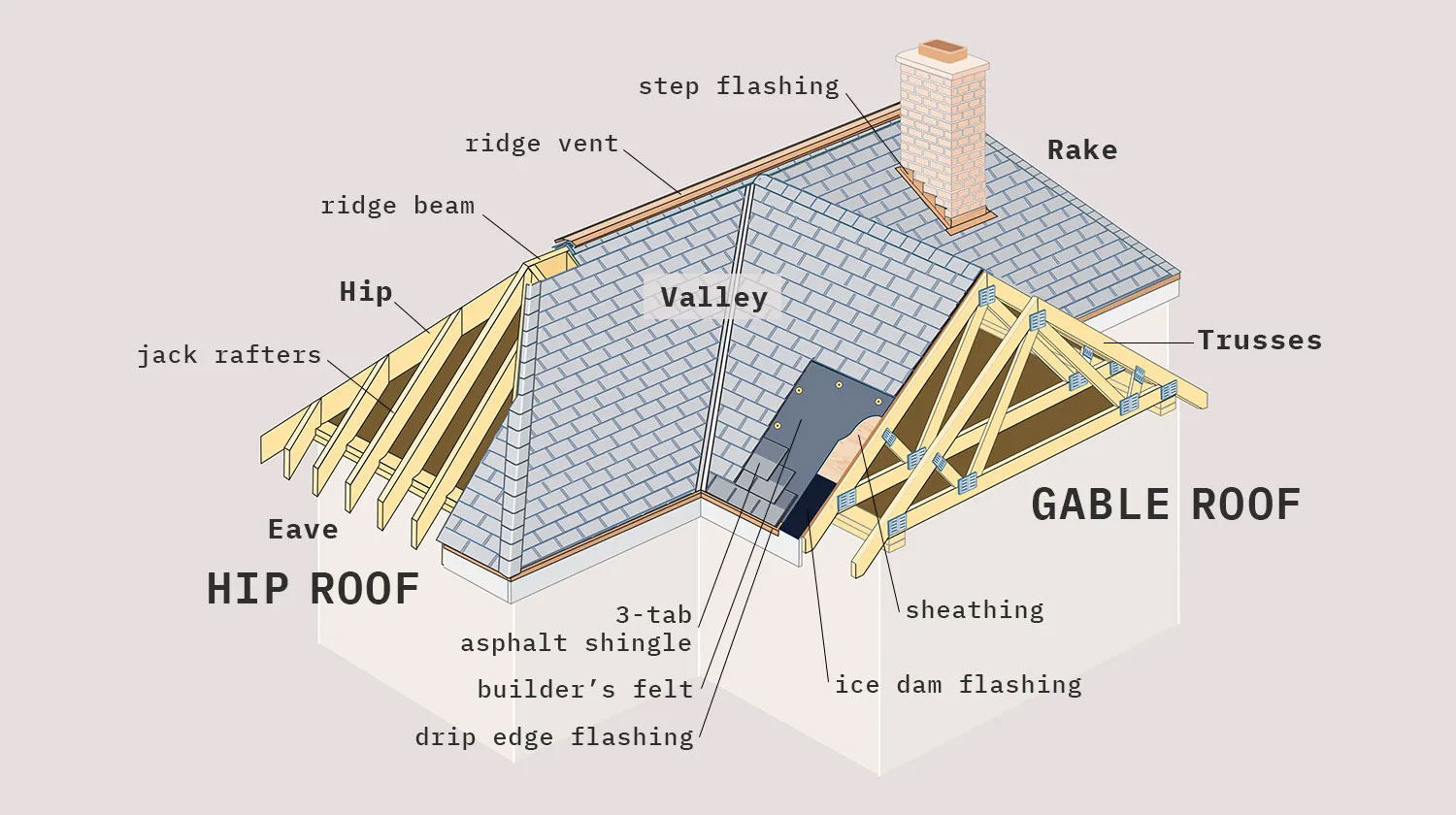Unparalleled Expertise
With decades of collective experience under our belt, our team comprises seasoned professionals who are masters of their craft. From intricate repairs to extensive installations, we possess the expertise to handle any roofing challenge with finesse and precision.
Cutting-Edge Technology
We don’t just keep up with industry standards; we set them. Utilizing state-of-the-art equipment and advanced techniques, we ensure that each project is executed with the utmost efficiency and accuracy, delivering results that exceed expectations.
Quality Materials
A roof is only as good as the materials used to construct it. That’s why we source our materials from trusted suppliers known for their durability and reliability. Whether it’s shingles, tiles, or metal roofing, we only use the finest materials to ensure longevity and performance.
Customer-Centric Approach
At the heart of our business lies a commitment to customer satisfaction. From the initial consultation to the final inspection, we prioritize clear communication, transparency, and responsiveness, ensuring that our clients are always informed and involved every step of the way.
Exceptional Service
Our dedication to excellence extends beyond the completion of a project. We provide comprehensive support and maintenance services, ensuring that your roof remains in pristine condition for years to come. Our team is always just a phone call away, ready to address any concerns or inquiries promptly and professionally.
Roofing
Roofs are considered one of the most critical components of your house. From materials and roof shape to problems and repairs, review these comprehensive steps to ensure yours is up to par.
1. Leaks: Leaks often occur in areas such as valleys, eaves, and where roofs meet walls, chimneys, or plumbing vents. Proper installation of flashing, which can be made of various materials like zinc, copper, lead, or aluminum, is essential to prevent leaks. In many cases, leaks can be fixed by repairing the point of water penetration.

2. Moss Growth & Discoloration: Moss growth and discoloration are common issues caused by algae or mildew growth. Zinc flashing and strips installed higher up on the roof can help solve this problem. As zinc leaches out over time, it kills the organisms covering the roof.

3. Shingle Problems: Shingles curling at the edges or losing their mineral surface are signs that a roof may be nearing the end of its life. It’s essential to monitor the condition of shingles and replace them when necessary.

4. Underlayment: Most shingle manufacturers recommend using underlayment, such as asphalt-impregnated builder’s felt or synthetic materials, to provide an additional layer of protection beneath the shingles.

5. Durability: The durability of roofing materials varies significantly, with flat roofs typically lasting 15 to 20 years, asphalt or cedar shingles lasting 25 to 30 years, and metal or slate roofs lasting 50 years or more.

6. Repairs and Projects: Repairs to roofs may involve fixing leaks, addressing ice dams in colder climates, or preparing for the installation of solar panels. It’s essential to consider the condition of the existing roof and any necessary repairs or upgrades before undertaking a roofing project.

7. Hiring a Professional: When hiring a roofing contractor, it’s crucial to choose a qualified and reputable professional. Consider factors such as references, insurance coverage, manufacturer training, and how unexpected issues will be handled during the project. Building a contingency into your budget can help cover unexpected costs.

Roofing Material Choices
- Asphalt Shingles: Simple to install, with architectural options for varied appearances.
- Metal Roofing: Offers durability and energy efficiency, with various materials like copper, aluminum, and steel.
- Slate: Provides a classic, timeless look, though installation requires specialized skills.
- Tile: Available in modern materials to match Mediterranean aesthetics.
Cedar & Wood Shingles: Known for longevity and natural aesthetics. - Underlayment: Typically asphalt-based for cost-effective protection, though synthetic options offer enhanced durability.
- Flat Roof Materials: Include asphalt roll-roofing, rubber membrane (EPDM), and liquid-applied options for professional installation.


Know the Anatomy of a Roof

